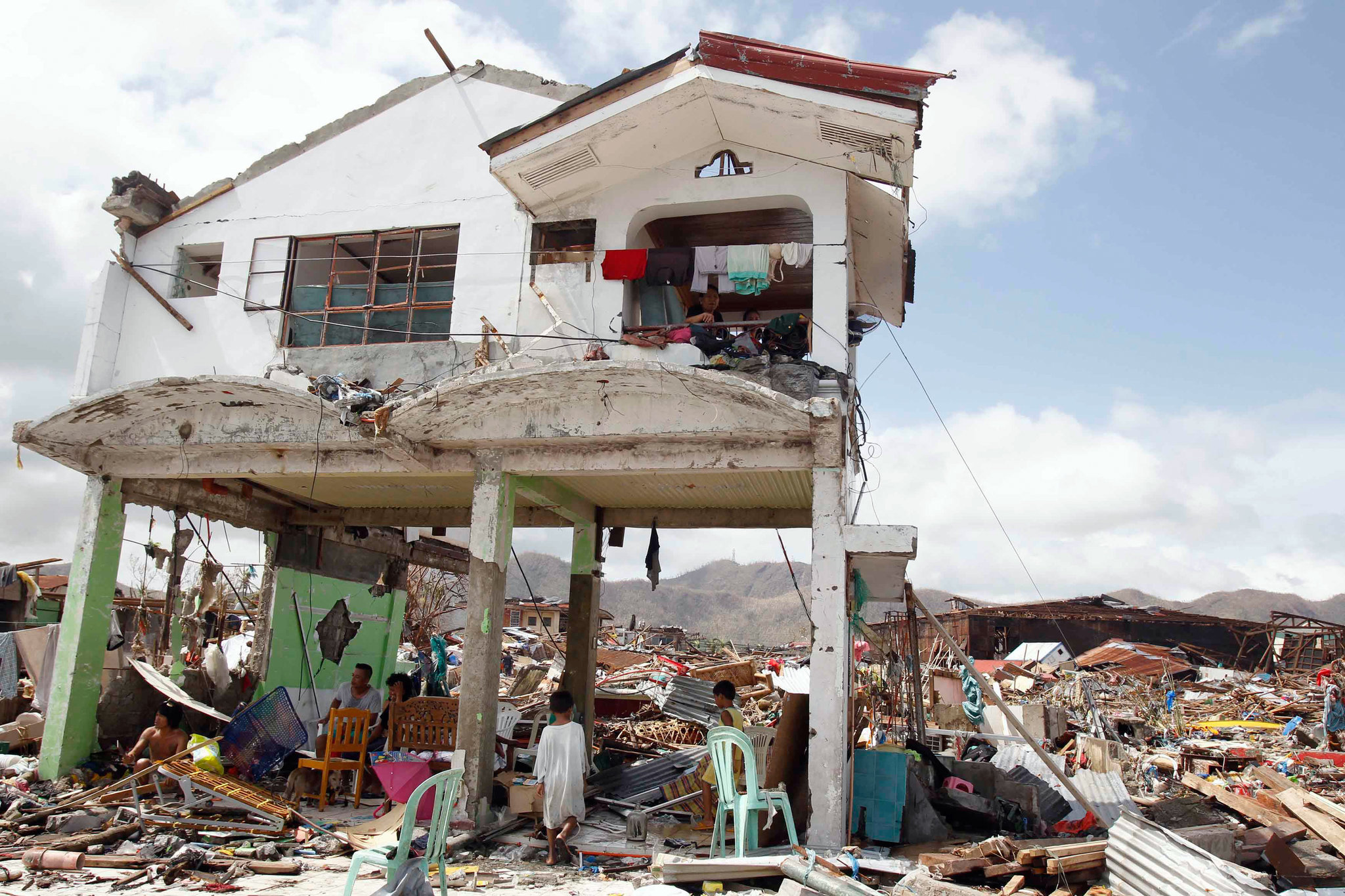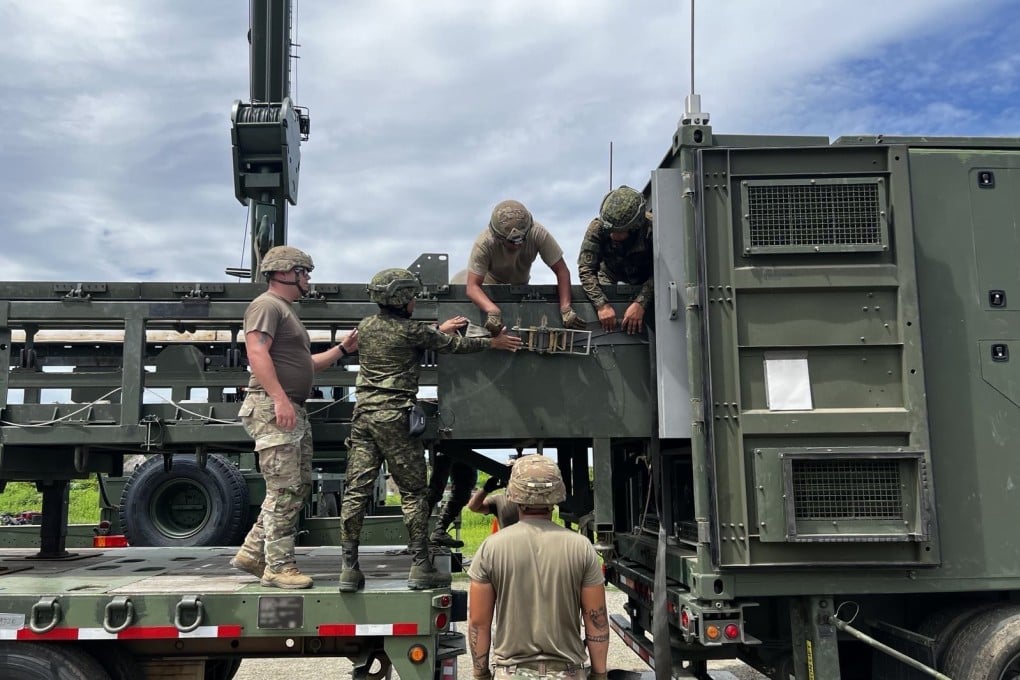Solo Travel For Beginners: A Step-by-Step Guide

Table of Contents
Choosing Your Destination
Choosing the perfect destination is crucial for your first solo adventure. Prioritizing safety, ease of navigation, and English-speaking areas will significantly reduce stress and allow you to focus on enjoying the experience.
Beginner-Friendly Destinations
For first-time solo travelers, certain locations offer a gentler introduction to independent exploration. Consider factors like efficient public transportation, readily available tourist information, and safe neighborhoods.
- Japan: Known for its impeccable public transport, safety, and incredibly welcoming culture. English signage is common in tourist areas, making navigation easy.
- Ireland: Friendly locals, stunning scenery, and a relatively easy-to-navigate country with good public transportation. English is widely spoken.
- Portugal: Affordable, beautiful, and with a relaxed pace of life. Portugal boasts excellent public transport and generally safe cities like Lisbon and Porto.
- Amsterdam, Netherlands: A very walkable city with excellent public transport, making it easy to navigate. Known for its tolerance and friendly atmosphere.
- Vancouver, Canada: A safe and clean city with efficient public transit and English as the primary language.
Remember to choose a destination that aligns with your interests – whether you crave adventure, cultural immersion, or relaxation.
Setting a Realistic Budget
Before you even book your flight, create a realistic budget. Consider flights, accommodation, activities, food, and transportation. Budgeting apps can be invaluable tools for tracking your spending.
- Flights: Utilize flight comparison websites like Skyscanner, Google Flights, and Kayak to find the best deals. Booking in advance often secures lower fares, but last-minute deals can sometimes emerge.
- Accommodation: Hostels offer budget-friendly options with opportunities to socialize, while budget hotels and Airbnb provide more privacy. Consider the location and proximity to attractions when choosing accommodation.
- Daily Budget: Create a daily budget that includes meals, activities, and transportation costs. This will help you stay on track and avoid overspending.
Planning Your Trip
With your destination chosen and budget set, it's time to plan the details of your trip. Remember, flexibility is key!
Booking Flights & Accommodation
Once you've determined your dates and destination, book your flights and accommodation. Using flight comparison websites and booking platforms like Booking.com, Expedia, or Hostelworld allows you to compare prices and find the best deals.
- Flight Booking Websites: Skyscanner, Google Flights, Kayak, Momondo.
- Accommodation Booking Websites: Booking.com, Expedia, Hostelworld, Airbnb.
- Travel Insurance: This is non-negotiable! Ensure your policy covers trip cancellations, medical emergencies, and lost belongings.
Creating an Itinerary (But Be Flexible!)
While a loose itinerary is recommended, having a general plan helps ensure you see the highlights of your chosen destination.
- Buffer Days: Include buffer days to accommodate unexpected delays or spontaneous adventures.
- Prioritize Must-Dos: Identify 2-3 key sights or activities you absolutely want to experience.
- Research Activities: Research potential activities and make a list, but leave room for discovery.
- Embrace Spontaneity: Be open to altering your plans based on your experiences and interests.
Packing Essentials
Packing light is essential for solo travel. You'll be carrying your luggage, so minimize what you bring.
- Passport & Visa (if required): Essential documents!
- Medications: Pack any necessary prescription or over-the-counter medications.
- Adapters: Check the voltage and plug type of your destination.
- Comfortable Shoes: You'll likely be doing a lot of walking.
- Universal Charger: A lifesaver for charging multiple devices.
- Copies of Important Documents: Keep copies separate from the originals.
Staying Safe & Connected While Traveling Solo
Safety and connectivity are paramount during solo travel.
Safety Precautions
Prioritizing safety doesn’t mean avoiding adventure; it means being smart about it.
- Share Your Itinerary: Inform family and friends of your plans, including your accommodation details and flight information.
- Stay Aware of Your Surroundings: Be mindful of your belongings and avoid walking alone at night in unfamiliar areas.
- Use Reputable Transportation: Stick to taxis, ride-sharing services, or public transport.
- Avoid Risky Situations: Trust your instincts; if something feels unsafe, remove yourself from the situation.
Staying Connected
Maintaining communication is crucial, especially during emergencies.
- International Roaming: Check with your provider about international roaming charges.
- Local SIM Card: Purchasing a local SIM card is often a cost-effective way to stay connected.
- Useful Travel Apps: Google Maps, Google Translate, Uber/Lyft (where available), WhatsApp.
Embracing the Solo Travel Experience
Solo travel is an incredible opportunity for self-discovery and personal growth.
Stepping Outside Your Comfort Zone
Embrace the chance to challenge yourself and grow as a person.
- Try Local Cuisine: Venture beyond familiar foods and try local specialties.
- Strike Up Conversations: Don't be afraid to chat with locals – you might make new friends!
- Take a Solo Day Trip: Explore a nearby town or attraction independently.
Documenting Your Journey
Preserve your memories through photos, videos, and journaling.
- Travel Journal: Record your experiences, thoughts, and feelings.
- Photography/Videography: Capture the sights, sounds, and moments of your journey.
- Travel Blog: Share your adventure with others!
Conclusion
Planning your first solo trip involves choosing the right destination, creating a realistic budget, planning your itinerary (while allowing for spontaneity), prioritizing safety, and staying connected. The benefits of solo travel— self-discovery, independence, and the freedom to explore at your own pace – are transformative. Don't let fear hold you back! Start planning your solo adventure today, and embrace the incredible journey that awaits you as a beginner solo traveler.

Featured Posts
-
 Agatha Christies Poirot Unraveling The Mysteries
May 20, 2025
Agatha Christies Poirot Unraveling The Mysteries
May 20, 2025 -
 Todays Nyt Mini Crossword Solutions April 2nd
May 20, 2025
Todays Nyt Mini Crossword Solutions April 2nd
May 20, 2025 -
 Astkhdam Aldhkae Alastnaey Lfhm Aslwb Ajatha Krysty
May 20, 2025
Astkhdam Aldhkae Alastnaey Lfhm Aslwb Ajatha Krysty
May 20, 2025 -
 Millions Could Be Owed Hmrc Refunds Check Your Payslip Now
May 20, 2025
Millions Could Be Owed Hmrc Refunds Check Your Payslip Now
May 20, 2025 -
 Agatha Christies Influence On M Night Shyamalans The Village
May 20, 2025
Agatha Christies Influence On M Night Shyamalans The Village
May 20, 2025
Latest Posts
-
 The Unintended Consequences Of The Philippines Typhon Mid Range Missile System
May 20, 2025
The Unintended Consequences Of The Philippines Typhon Mid Range Missile System
May 20, 2025 -
 Analyzing The Risks Of The Philippines Typhon Missile System Deployment
May 20, 2025
Analyzing The Risks Of The Philippines Typhon Missile System Deployment
May 20, 2025 -
 Philippine Typhon Missile Deployment A Detrimental Strategy
May 20, 2025
Philippine Typhon Missile Deployment A Detrimental Strategy
May 20, 2025 -
 Eurovision 2024 Louanes Participation Confirmed
May 20, 2025
Eurovision 2024 Louanes Participation Confirmed
May 20, 2025 -
 Public Works Ministrys 6 Billion Investment In Coastal Protection
May 20, 2025
Public Works Ministrys 6 Billion Investment In Coastal Protection
May 20, 2025
